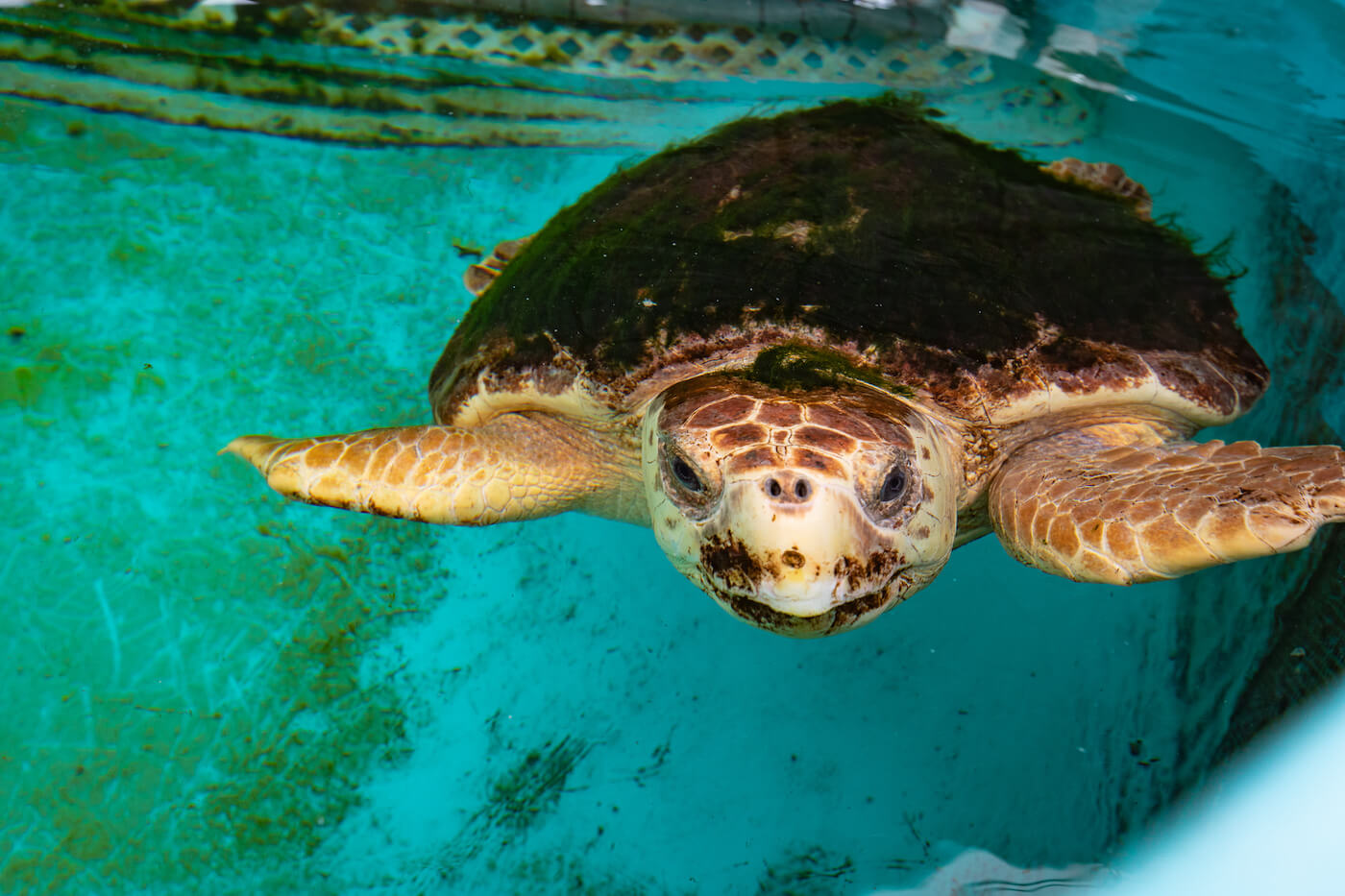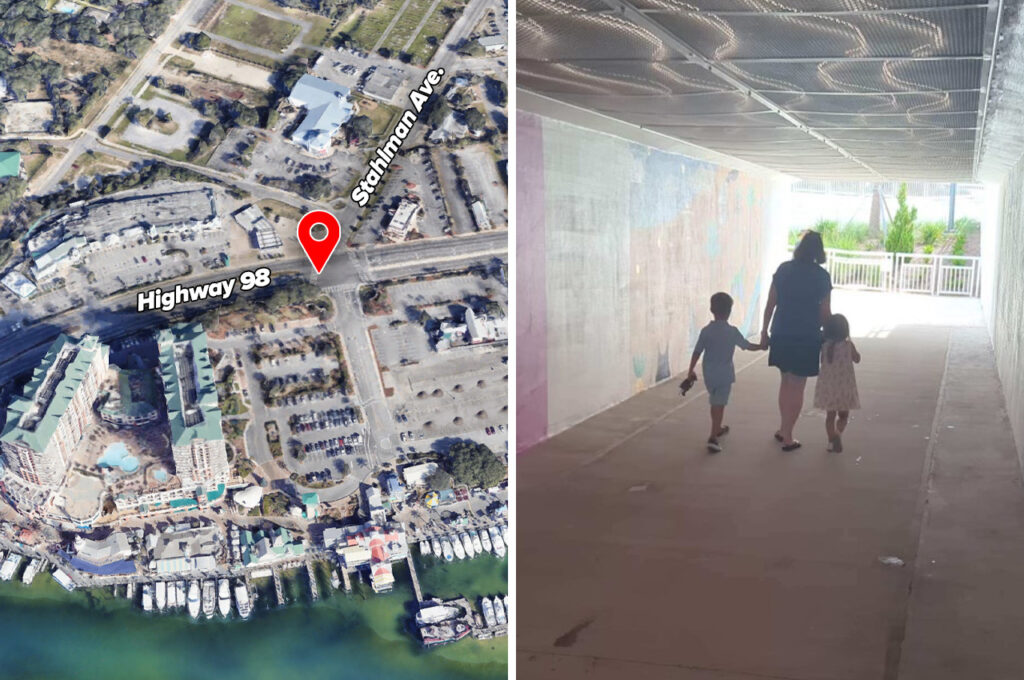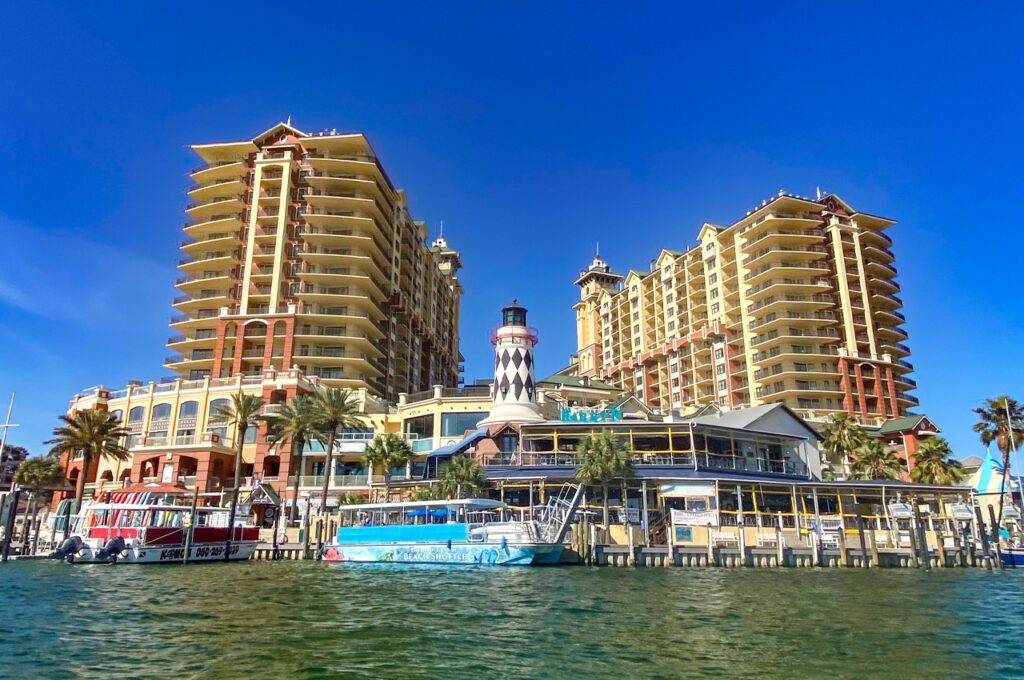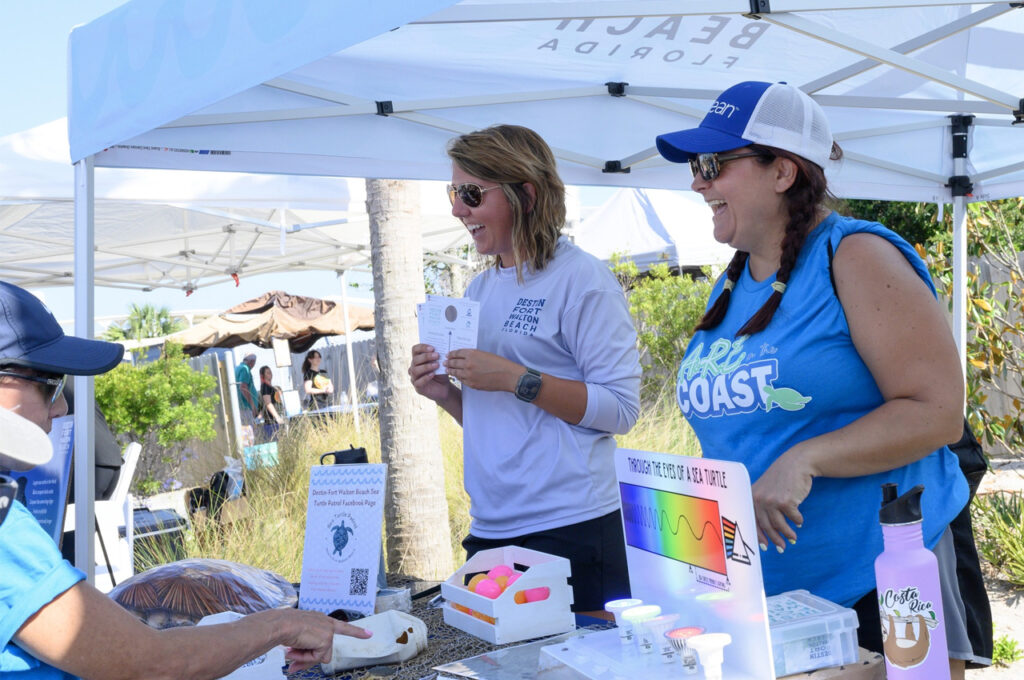In 2017, the City of Destin started a number of initiatives with Leave No Trace being the first. The initiative was mainly geared towards not leaving trash and beach items behind. It was mainly for the aesthetics of keeping our beaches clean. But since then, Leave No Trace has morphed into being more environmentally concerned about the marine animals and birds within our area.
- A lot of what is left behind on the beaches can become a hindrance and hamper the well-being and the success of our sea turtles and seabirds in their nesting areas.
The City of Destin has partnered with the Gulfarium C.A.R.E. Center to help bring more awareness to the importance of Leave No Trace. The C.A.R.E center is a nonprofit organization that acts as a beacon of coastal conservation through marine rehabilitation and rescue, encouraging awareness of public education and opportunities for active participation.
“Currently, we have 11 juvenile to adult and sub-adult Greens, Loggerheads, and Kemp’s ridley sea turtles,” said Tabitha Siegfried, Stranding Coordinator for the Gulfarium C.A.R.E. Center. “We can range anywhere from up to about 26 sea turtles comfortably in our C.A.R.E. Center habitat.”
One of Siegfried’s favorite cases involved a turtle named Eva, a sub-adult Loggerhead that was caught off the Okaloosa fishing pier from a foul hook in the flipper.
“When she was brought in, she had a severe entanglement wound in her left front flipper where her bone was actually exposed,” explained Siegfried. “Because of that hooking incident, we are able to treat this severe wound that she could have lost her flipper from if we didn’t bring her here into the C.A.R.E. Center.”
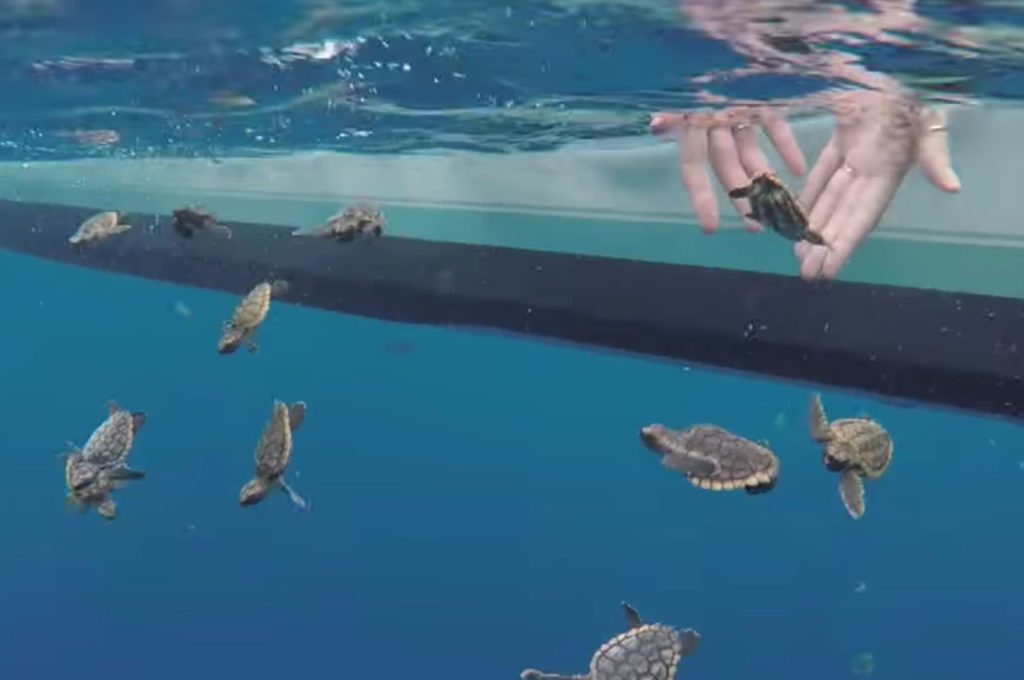
Sea turtles’ survival rate from hatchling to adult is very small, and at every single stage in their life, they face many obstacles to get there, according to Siegfried.
“When you’re starting as a hatchling, you have to crawl all the way from your nest onto the beach, and you could run into a hole,” she explained. “You could run into a sand castle, and that’s going to give you more susceptibility to predators – birds, crabs, foxes, and raccoons – all of those guys trying to eat hatchlings as they’re going out into the water.”
Once hatchlings do get into the water, they’re exposed to plastics, and they ingest those plastics because they don’t know that it’s not food. Everything looks like food to a baby sea turtle.
- As they get older, that plastic source continues to be a great threat to sea turtles, along with boating activities: being struck by a boat, fishing nets, being hooked by fishermen, by catching fishing trawls.
- “So their life doesn’t get easier as they get older,” says Siegfried. “It almost even gets a little bit harder for them.”
“I think Leave No Trace is one of the easiest and most important things that people can do,” says Siegfried. “There has been a lot of trash on our beaches this year. Not only do sea turtles ingest that trash, the hatchlings and the adults do, too.”
- According to Siegfried, when people leave their beach chairs overnight, the adult sea turtles coming to nest can hit those objects resulting in a ‘false crawl’, where they won’t even nest.
“It’s really important that you take pride, not only in our environment, but you also need to realize the environmental impact is vital not only to us as humans, but to the animals and the resources as well,” said Mayor Jarvis.

